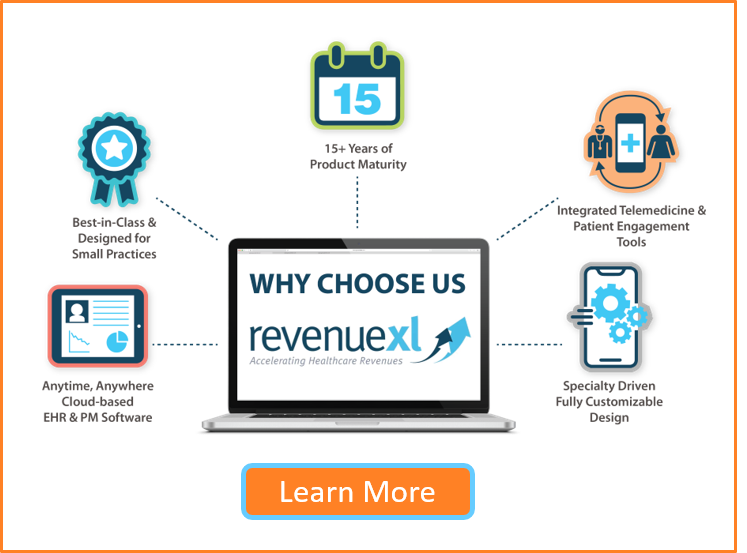In an era where healthcare data breaches are on the rise, securing sensitive patient information has never been more critical. With cloud-based EHR software becoming the backbone of modern healthcare management, Role-Based Access Control (RBAC) has emerged as a key security strategy to ensure data integrity, confidentiality, and compliance. But what is RBAC, and how does it function in cloud-based EHR systems? Let’s explore.
What is Role-Based Access Control (RBAC)?
Role-Based Access Control (RBAC) is a security model that restricts system access based on a user’s role within an organization. Instead of granting broad access to every user, RBAC ensures that individuals can only access the data and tools necessary for their specific responsibilities.
For example:
- Doctors: Access patient medical records, prescribe medications, and order tests.
- Nurses: Update patient vitals and assist with ongoing treatments.
- Billing Staff: Access billing information but not sensitive medical records.
By defining roles and assigning permissions accordingly, RBAC minimizes the risk of unauthorized data access.
How Does RBAC Work in Cloud-Based EHR Software?
-
Define Roles:
Healthcare administrators define user roles (e.g., physician, nurse, billing staff) based on job functions. -
Assign Permissions:
Each role is assigned specific permissions, such as viewing, editing, or deleting certain types of data. -
Role Assignment to Users:
Users are assigned roles based on their responsibilities. For example, a doctor might have full access to clinical data, while administrative staff have limited access. -
Enforce Access Control Policies:
When a user logs in, the system verifies their role and enforces access restrictions based on predefined permissions. -
Monitor and Audit Access:
RBAC systems keep logs of who accessed what information and when, allowing healthcare organizations to monitor and audit access patterns.
Why is RBAC Critical for Cloud-Based EHR Systems?
-
Enhanced Data Security:
Limiting access to sensitive data reduces the risk of internal and external breaches. -
Regulatory Compliance:
RBAC supports compliance with regulations like HIPAA, ensuring only authorized personnel access Protected Health Information (PHI). -
Improved Workflow Efficiency:
By tailoring access to job roles, RBAC reduces unnecessary clutter and simplifies system navigation for users. -
Minimized Insider Threats:
RBAC helps prevent malicious or accidental misuse of data by internal staff. -
Scalability:
As healthcare organizations grow, RBAC makes it easier to onboard new employees while maintaining consistent access policies.
Challenges in Implementing RBAC in Cloud-Based EHR Systems
- Role Complexity: Defining precise roles in a dynamic healthcare environment can be challenging.
- Ongoing Maintenance: Roles and permissions need regular updates to reflect organizational changes.
- User Frustration: Overly restrictive roles might hamper productivity and cause frustration among staff.
Despite these challenges, RBAC remains one of the most effective ways to safeguard sensitive healthcare data in cloud-based EHR systems.
Best Practices for Implementing RBAC in EHR Systems
- Start with Clear Role Definitions: Identify and document roles and their corresponding access requirements.
- Follow the Principle of Least Privilege (PoLP): Grant users only the access they need to perform their tasks.
- Regular Audits: Periodically review roles, permissions, and user activities to ensure compliance and security.
- Educate Users: Train staff on security protocols and the importance of role-based access controls.
- Automate Role Management: Use advanced tools to streamline role assignment and ensure consistency.
Conclusion
Role-Based Access Control (RBAC) is an essential security framework for cloud-based EHR software, ensuring that sensitive patient data is accessed only by authorized individuals. By defining roles, assigning permissions, and monitoring access patterns, RBAC helps healthcare providers maintain compliance, streamline operations, and safeguard critical data.
As the healthcare industry continues to digitize, adopting RBAC is no longer a luxury but a necessity for robust healthcare data security.






